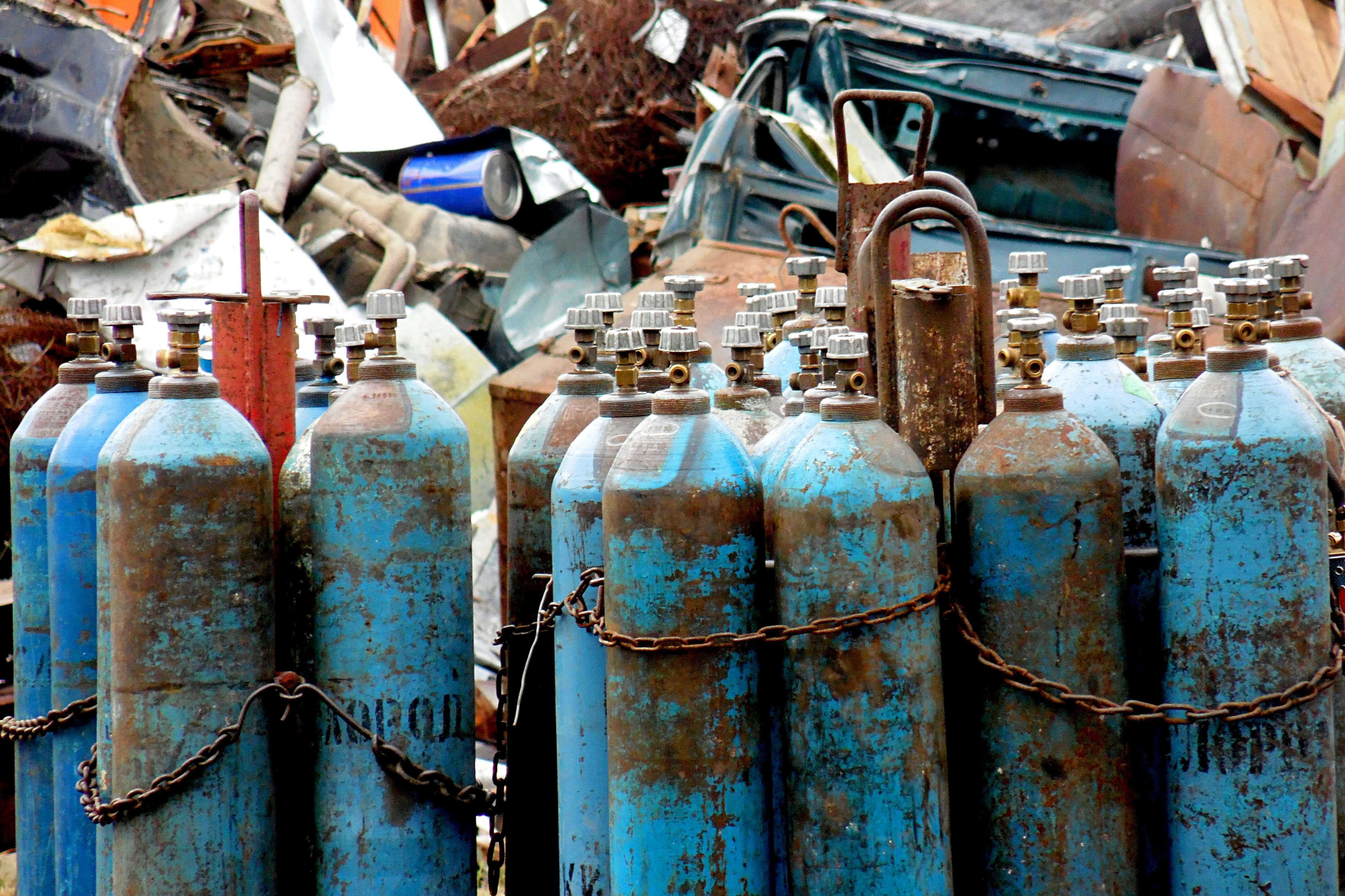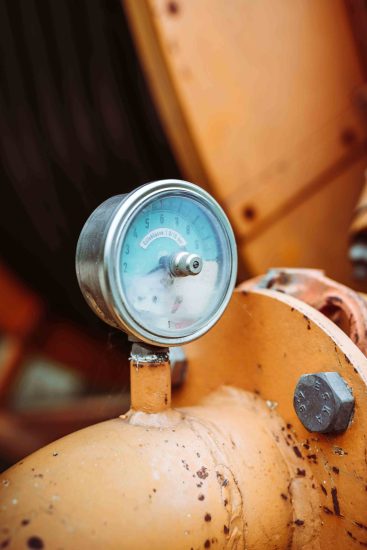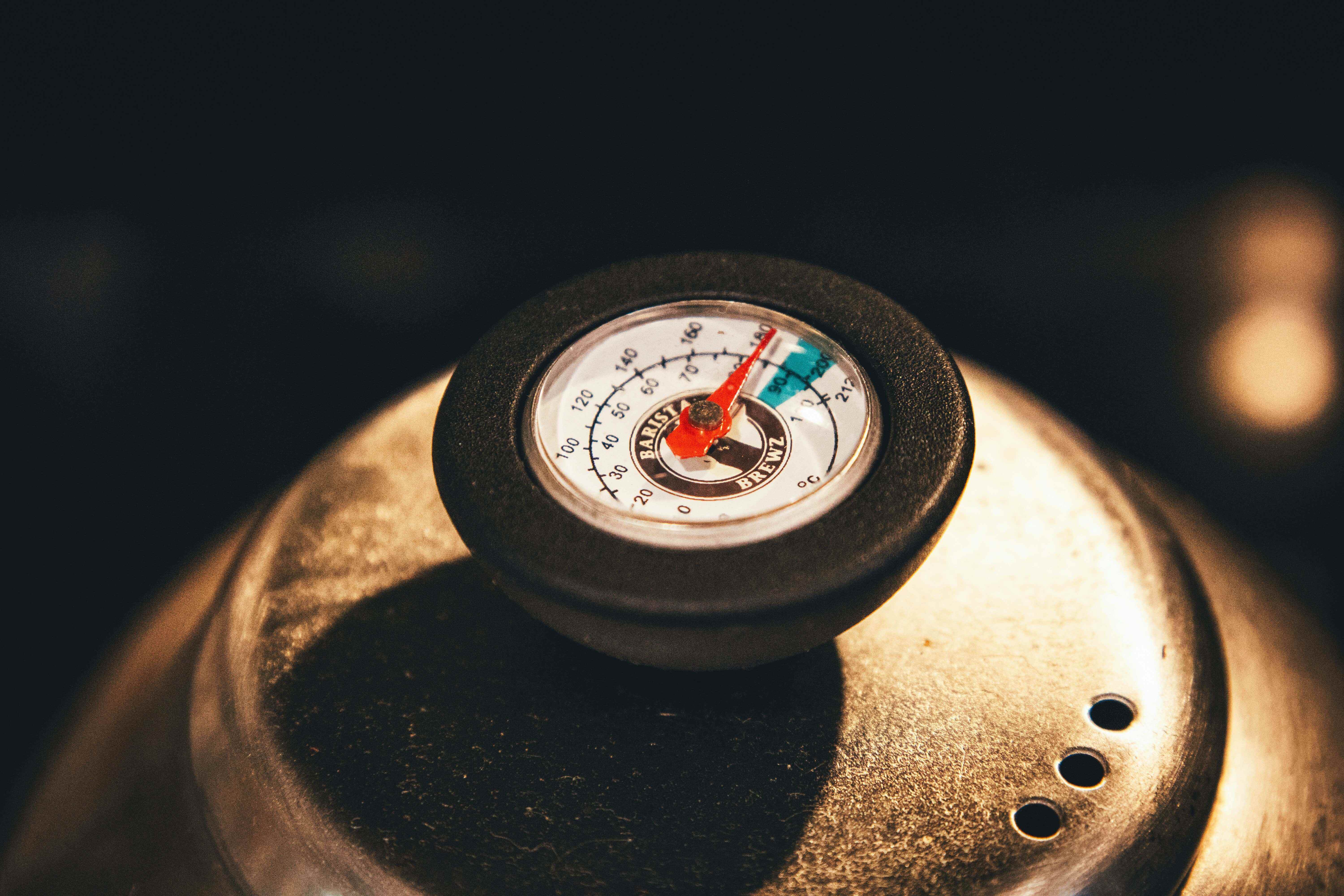
When your lab runs flame AAS day in and day out, fuel-gas quality isn’t a nice-to-have — it’s the difference between a day of clean baselines and a day of noise, drift, and re-runs. Acetylene, Instrument Grade is blended and controlled for analytical use, packaged as a dissolved gas in high-pressure cylinders, and specified for low phosphine/hydrogen sulphide/arsine/ammonia to protect detector stability and burner hardware. It’s designed for AAS flames and for use in certain calibration mixtures and medical/industrial specialty contexts (where specified).
Coregas makes instrument acetylene available across New Zealand with cylinder sizes suited to lab benches, and positions it within an instrumentation gases portfolio alongside zero air, instrument air, argon 5.0, nitrogen 5.0, and more, so your whole gas train can stay consistent and compliant.
Why “Instrument Grade” Matters in Flame AAS
A flame AAS system depends on a stable, reproducible flame and clean aspiration. In most methods, you’ll run either acetylene–air or acetylene–nitrous oxide; the oxidant choice shifts flame temperature and matrix tolerance. Typical temperatures cited for air–acetylene are in the ~2150–2300 °C band, while acetylene–nitrous-oxide runs hotter (around ≈2700 °C), which helps with some refractory elements and matrix interferences.
Instrument grade reduces the trace contaminants (e.g., PH₃, H₂S) that can destabilise the flame, interact with analytes or poison burner surfaces, and it’s supplied specifically for AAS instrument fuel rather than general fabrication. That difference shows up as cleaner start-ups, lower baseline wander, and less frequent burner maintenance. Coregas describes instrument acetylene use explicitly for flame AAS; it’s also listed as a component in some calibration mixtures for oil & gas and respiratory testing, where purity specs matter.
Where Instrument-Grade Acetylene Shows Its Value
Baseline Stability & Detection Limits
Unstable flames create 1/f noise and drift that you’ll end up correcting with extra blanks and standards—time that balloons if you’re running tight TATs. Instrument-grade fuel minimises impurity-driven perturbations so the baseline stabilises faster after ignition and stays flat across long sequences. Reference materials on AAS practice consistently point to air–acetylene as a strong default for many elements and nitrous-oxide–acetylene for tougher matrices, reinforcing the need for reliable fuel purity across both modes. AAS cookbook (reference).
Burner & Nebuliser Cleanliness
Contaminants in fuel accelerate carbon deposition at the port and salt loading downstream. Cleaner fuel slows that cycle, so you can space out burner soaks and jet cleaning without sacrificing precision. (Your QA will notice: fewer “fail then re-run” events.)
Fewer False Investigations
When the gas train is clean, you spend less time investigating ghost peaks or drift that turn out to be fuel-quality artefacts. That time saved becomes throughput.
The Gas Train That Protects Your Data
Regulators Built for Analytical Service
Use a two-stage, lab-grade regulator with materials chosen for acetylene service and low creep. Keep seat contamination down, and lock in stable delivery pressure per your manufacturer’s spec. (Coregas’ specialty gases pages show instrument-focused supply options and regulator guidance.)
Filters & Traps—Use Them Intelligently
Inline particulate filters at the bench head help protect delicate jets. Hydrocarbon/moisture traps can be valuable, but apply them where your SOPs call for it and avoid over-instrumenting (excess fittings = leak risk).
Lines, Fittings & Leak Testing
Use clean, compatible lines sized to maintain flow without turbulence; avoid elastomers that outgas. Adopt a documented leak-test that your team follows before every sequence.
AAS Combos—When to Use Air vs Nitrous Oxide
-
Air–Acetylene: the workhorse. Adequate for many metals (alkali/alkaline earths, several transition elements) with solid sensitivity; lower operating cost and less aggressive flame.
-
Nitrous-Oxide–Acetylene: for more refractory compounds and where matrix interferences bite. The hotter flame (~2700 °C) and chemistry shift help reduce interferences—at the cost of more demanding setup and safety.
Whatever you choose, maintain method-specified flows/pressures and purge sequences. If your instrument vendor recommends acetone-based packages or specific line pressures, follow the vendor data for consistent aspiration.
Flashback Safety for Bench Systems

Acetylene is extremely flammable; even at bench scale, you must treat the system as an oxy-fuel setup. Fit flashback arrestors at the regulator and at the bench inlet/torch (per instrument manufacturer guidance), purge in the recommended order, and never improvise the start-up/shutdown sequence. Coregas’ safety area provides general gas handling guidance and links to ANZIGA and NZ standards references you can factor into SOP training. Coregas safety guidance.
Start-Up & Shutdown SOP
Start-Up (lab bench flame AAS):
- Inspect lines, connections, and arrestors. Leak test.
- Open cylinder valve slowly; set regulator to instrument-specified delivery pressure.
- Purge per manufacturer order (oxidant first if required; follow the instrument manual).
- Ignite per instrument procedure; adjust to recommended air–acetylene or N₂O–acetylene flows.
- Stabilise baseline; verify with blanks and check standards.
Shutdown:
- Extinguish flame via instrument routine.
- Close cylinder valve; bleed down lines; back off regulator.
- Cap/disconnect per SOP; record usage and schedule burner maintenance as needed.
(Always follow your instrument OEM’s manual; the above is a generic reminder.)
Troubleshooting Table
Scroll
| Symptom | Likely cause | Fast check | Fix |
|---|---|---|---|
| Baseline drift after 20–30 min | Fuel impurities, unstable flows, temp changes | Swap to a fresh instrument-grade cylinder; verify flows with rotameters | Replace cylinder; re-establish flows; check gas train |
| Yellowing flame tips | Rich fuel; contamination | Observe inner cone shape; review flows | Re-set flows; service jet; verify air source |
| Popping/backfire | Restriction or leaks; poor purge | Listen for hiss, check arrestors | Purge again; clean/replace tip; leak-test |
| Poor sensitivity | Incorrect oxidant, dirty burner | Re-run with air vs N₂O; inspect burner | Choose correct mode; soak/clean burner |
| Carbon on burner | Impurities; rich flame | Inspect deposit pattern | Balance flame; confirm instrument acetylene grade |
Maintenance Cadence That Saves Time
Daily (5–10 min): check pressures, leak test, note baseline drift, inspect flame cone.
Weekly (15–30 min): soak burner, inspect nebuliser capillary, clean filters, document response factors.
Monthly: full line audit and regulator inspection; confirm arrestor function; review usage vs changeover plan.
Procurement & Logistics for NZ Labs
Coregas provides instrument acetylene via the Gases → Acetylene and Specialty/Instrumentation ranges, with NZ-wide support and store-finder access for planning deliveries, swaps and emergency cover. That ecosystem makes it easier to standardise cylinder sizes, connectors and regulators across labs—one less variable in your QA chain.
FAQs
Conclusion & CTA

If you’re chasing fewer re-runs, cleaner baselines and faster sequences, the path runs through the fuel you choose and the discipline of your gas train. That’s what Acetylene, Instrument Grade is built for an AAS-friendly fuel with impurity control that supports stable flames and reproducible results. Build your instrument gas stack from Coregas’ instrumentation gases catalogue and schedule routine checks.